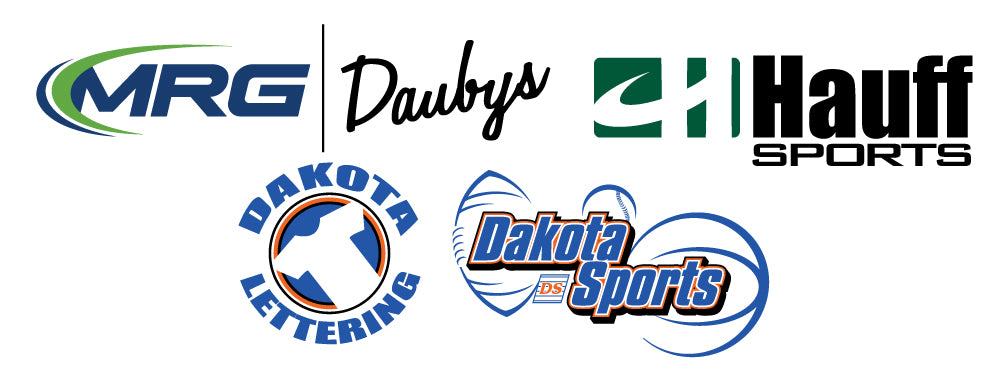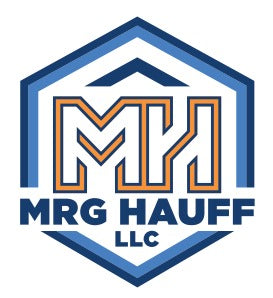When your coworkers go binary—but you still need to thrive.
There’s a phenomenon sweeping through boardrooms: AI-driven layoffs. You don’t need a crystal ball to see it—just ask your local Starbucks barista or swipe through the latest LinkedIn memo. Executives are wielding terms like “efficiency gains” and “automation” to justify shrinking headcounts. The question is: What does this mean for employees, business leaders, and the future of work?
What’s Fueling the AI Layoff Wave?
Efficiency—or optics masquerading as efficiency
Companies are investing heavily in AI infrastructure. In exchange? A leaner workforce to manage cost structure. Microsoft famously eliminated 15,000 roles and credited AI integration with $500 million in cost savings—claiming that AI now writes 30% of its code (windowscentral.com).
Shrinking headcounts, noisily announced
Amazon’s CEO Andy Jassy said that AI would reduce corporate staff in the years ahead, not by mass firing, but through attrition (wsj.com). Similarly, TCS in India cut 12,000 jobs, signaling a seismic shift in global outsourcing and corporate structures (reuters.com).
What This Means for You
For Employees:
-
Entry-level roles evaporate first. Goldman Sachs warns that Gen Z tech employees are especially vulnerable to AI automation (timesofindia.indiatimes.com).
-
Job insecurity and anxiety rise. A Deloitte survey found 71% of employees distrust AI, fearing job loss, reduced autonomy, and workplace surveillance (en.wikipedia.org).
-
Shift from replacement to augmentation. Studies show AI will complement human jobs more than wholly replace them—boosting demand for digital literacy, ethics, and adaptability (arxiv.org).
For Business Owners & Managers:
-
Smaller teams, higher expectations. AI replaces tasks, not discretion—so lean teams must do more, better, faster.
-
Talent strategy needs retooling. With AI rising, you’ll favor reskilled employees over hiring new ones.
-
Leadership and communication matter more than ever. Jassy's blunt talk about AI layoffs sparked anxiety and increases in turnover, showing the need for balanced messaging (businessinsider.com).
Real-Life Impact: Two Illustrations
Microsoft’s Cost-Saving AI Play
-
15,000 layoffs.
-
$500 million in savings.
-
AI writing 30% of code.
AI isn’t just a tool—it’s a code writer, cost cutter, and efficiency engine (windowscentral.com).
Finance Rolled by Generative AI
One hedge fund founder uses LLMs like Gemini and Claude to automate around 75% of analyst workflows, including CRM tasks and discounted cash flow models (ft.com). Result? Just a handful of humans now handle the high-order strategic thinking.
AI for the Rest of Us: Small & Mid-Sized Business Edition
When headlines scream “Amazon lays off thousands,” it’s easy for a business owner with 45 employees to think, Well, we’re not even in the same galaxy.
The truth? AI can still make you leaner, sharper, and more profitable—without turning your staff holiday party into a farewell tour.
The truth? AI can still make you leaner, sharper, and more profitable—without turning your staff holiday party into a farewell tour.
1. Micro-AI for Micro-Margins
Instead of building a massive AI platform, start with low-cost, single-function AI tools that directly target your biggest bottlenecks.
-
AI transcription for meetings so no one forgets decisions (Otter.ai, Fireflies).
-
Quick content creation for proposals and RFPs (Claude, ChatGPT).
-
Automated compliance checks—tools that flag missing steps in onboarding or contracts without needing a full legal department.
- Follow up emails for abandoned carts and the "tire kickers" (Zapier)
Example: A 32-person manufacturing company used AI-powered visual inspection via a $49/month camera system to catch defects before products left the floor. Returns dropped by 18%—with no layoffs and no million-dollar AI lab.
2. AI-Powered Customer “Super Memory”
Small businesses thrive on relationships. AI can make you look like you have the memory of an elephant (without the hay bills).
-
Have AI auto-tag customers in your CRM based on buying patterns.
-
Create automated “nudge” reminders for when clients typically reorder.
-
Use sentiment analysis to flag customer emails that might require extra attention.
Example: A 20-person marketing agency fed all past project emails into an AI search tool. When a client called, they could instantly pull up every conversation and deliver context-rich answers. Client satisfaction scores shot up, and no one had to dig through “Inbox (3,297)” at 10 p.m.
3. AI as a Decision Sidekick
SMBs can’t afford layers of analysts—but they can afford to have AI crunch scenarios before pulling the trigger.
-
Compare supplier bids for cost + delivery time using AI spreadsheets.
-
Forecast seasonal cash flow dips and suggest promotions to offset them.
-
Test pricing strategies virtually before rolling them out.
The key for smaller companies is precision over scale—don’t try to “AI all the things.” Instead, find the one or two places where better information or faster action can make a big impact. Start there and build on early successes.
Trends & Milestones to Watch (and Leverage)
|
Trend / Milestone
|
Implication for You
|
Action Step
|
|---|---|---|
|
Gen Z under pressure
|
Entry-level roles become scarce
|
Offer reskilling or pivot roles to stay relevant.
|
|
AI as the new frontier
|
Layoffs often fund AI, not vice versa
|
Balance tech investment with upskilling, not just downsizing.
|
|
AI complement > substitute
|
AI enhances, not always replaces jobs
|
Invest in human–AI teamwork—thought work, empathy, creativity.
|
|
Leadership tone affects morale
|
Alarmist AI talk boosts attrition
|
Communicate clearly, offer hope, and support learning.
|
|
Need for ethical oversight
|
Surveillance and bias risks grow with AI
|
Establish transparent ethics, privacy policies, and governance.
|
Final Thought: Choose to Evolve, Not Just Survive
AI-driven layoffs aren’t an echo of dystopian fiction—they’re happening now. But they don’t need to define your career or your business. Those who anticipate change, invest in people, and lead with clarity and resilience will shape a future where humans and AI push each other higher—not push each other out.
So, take a breath. Notice the shift. Then act—because the future favors those who prepare for it.


